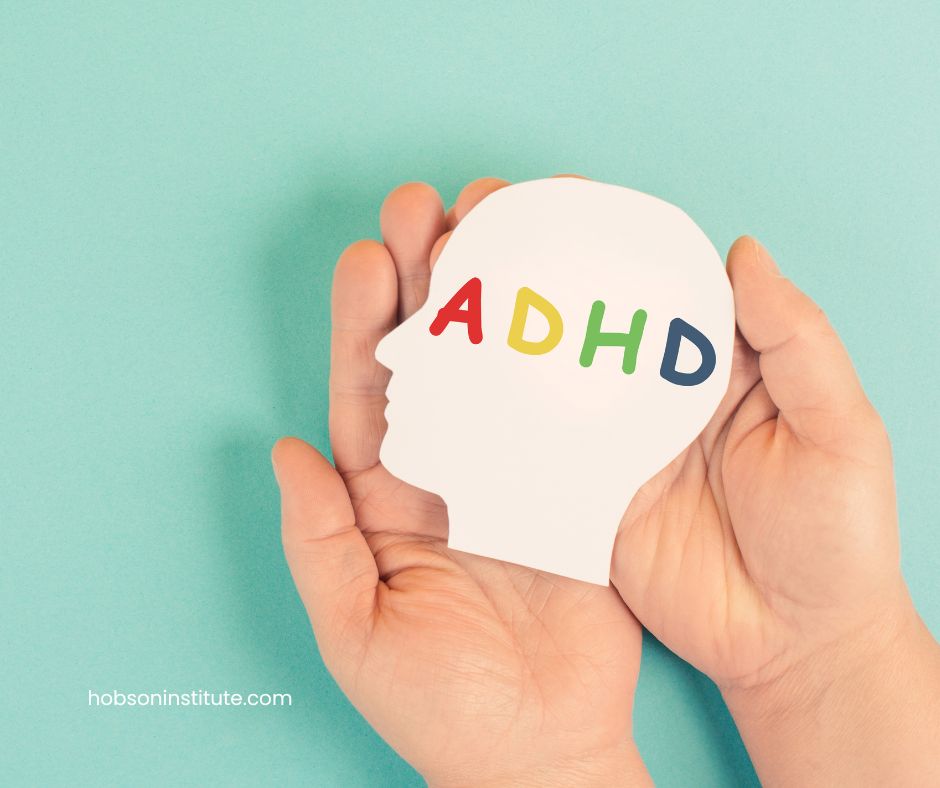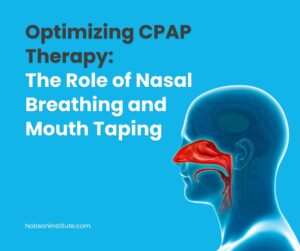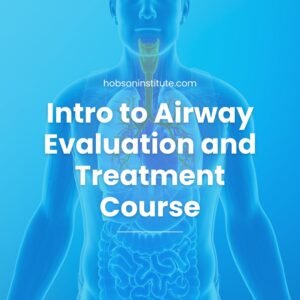Could It Be Their Nose? Rethinking ADD & ADHD Through the Lens of Breathing
As a parent, educator, or healthcare provider, it can be heartbreaking to watch a child struggle with focus, hyperactivity, or emotional outbursts. Diagnoses like ADD or ADHD often seem like the only answer. But what if the root cause is something far simpler—and treatable?
At the Hobson Institute, we believe that true healing starts by asking deeper questions. One of the most overlooked factors in childhood behavior and development is nasal breathing. Yes, the nose may be the missing piece in your child’s health puzzle.
The Sleep–Behavior Connection
Children with ADD/ADHD symptoms are often dealing with unbroken, poor-quality sleep. Many parents ensure their kids get the recommended 8–10 hours of sleep, but how many are truly getting restful, deep sleep?
One major cause of poor sleep is Sleep Disordered Breathing (SDB), often due to nasal obstruction. When a child breathes through their mouth at night, their airway narrows, oxygen levels drop, and the body repeatedly wakes to correct it—flooding the system with adrenaline. The result? A tired, overstimulated child who may appear anxious, hyperactive, or unfocused.
These are the same symptoms we associate with ADD/ADHD.
Why the Nose Matters
The nose isn’t just a breathing tube—it’s an essential part of our respiratory system, designed to filter, warm, and humidify air. Nasal breathing also supports proper jaw growth, posture, and nervous system regulation.
When children breathe through their mouths, several issues can arise:
- Interrupted sleep cycles
- Overstimulation from frequent adrenaline spikes
- Poor facial and jaw development
- Behavioral and learning challenges
Studies show that over 90% of children with crooked teeth or poor jaw alignment also have compromised nasal breathing.
Early Signs to Watch For
Parents should look out for symptoms like:
- Snoring
- Open mouth breathing (day or night)
- Bedwetting
- Poor posture
- Difficulty waking up in the morning
- Dark circles under the eyes
- Sluggishness or hyperactivity
- Frequent congestion or allergies
How the Hobson Institute Can Help
At the Hobson Institute, we work closely with families to identify the root cause of a child’s symptoms. Our unique, holistic approach includes:
- Breathing evaluations and retraining
- Myofunctional therapy to support proper oral posture
- Orthodontic referrals to address structural concerns
- Nutritional and lifestyle guidance
We collaborate with ENT specialists, airway orthodontists, and functional health practitioners to create a comprehensive plan for your child’s long-term wellness.
Why You Shouldn’t Wait
The earlier you address breathing and sleep issues, the easier it is to correct them. Delayed treatment can lead to long-term behavioral, cognitive, and structural challenges. Even if your child is older, it’s never too late to start improving their breathing, their sleep, and their life.
If your child has been diagnosed with ADD/ADHD or is showing signs of poor sleep, don’t wait to take a closer look at how they breathe. What looks like a behavioral disorder may actually be a breathing issue in disguise.
Let us help you uncover the truth—right under their nose.
Contact the Hobson Institute today to schedule a consultation.





